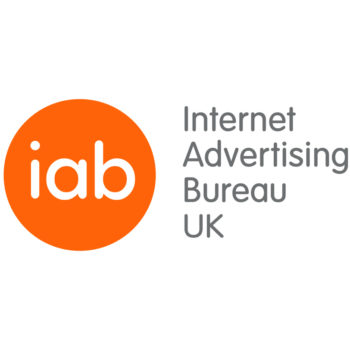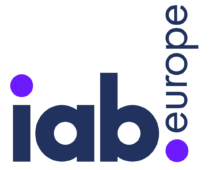The Rise of Mobile: A Future That Works for Everyone
by Lindsay Rowntree on 30th Oct 2017 in News

The mobile device has become an essential part of everyday life. From checking the latest news, communicating with friends and family on the move, to ordering your dinner to arrive for you once you get home. For an everyday user, the changes that mobile have made to their lives has been gradual and subtle. For the world of advertising and, in particular, programmatic advertising, the opportunities have not been so subtle and, instead, have come at an incredible pace.
The IAB’s Display and Data Steering Group (formerly known as the Display Trading Council) – in particular Accenture, Google, Integral Ad Science, Teads, The Rubicon Project, and Voluum – discuss how the rise in mobile has affected the programmatic landscape, what to expect in the years to come, and how it can be used to reach and wow people. Jonathan Markwell, industry initiatives executive, IAB, has compiled these industry views together, on behalf on the IAB Display and Data Steering Group, exclusively for ExchangeWire.
How has mobile changed the programmatic landscape?
Mobile provides scale. Massive scale. According to the Deloitte Mobile Consumer Survey 2017, around 91% of the UK aged 16-54 now own a smartphone, which presents a huge opportunity to reach users in a way like never before. For the programmatic part of the industry, this means that advertisers have the ability to deliver ‘always-on’ strategies.
Mobile has also meant there has been shift from cookie targeting to, the arguably more stable, device targeting – using Device ID’s. This, in turn, has caused a shift in the perception of apps, which were once viewed as a poor iteration of what was available on desktop, to now being viewed by advertisers as a highly valuable, and scaleable, user outreach platform.
Whilst mobile is now the largest display medium, and the vast majority of mobile spend is programmatic, mobile has yet to make a meaningful dent into brand’s programmatic budgets. There are, unfortunately, still many campaigns that are blindly run across both mobile and desktop with no real understanding of the difference between the two. The key is to educate the industry and help agencies, buyers, and preferred vendors understand the capabilities of mobile, and the value of rich in-app data.
What unique opportunities has mobile opened up for the programmatic industry?
Mobile has meant that brands have been able to gather more meaningful insights, thorough data and intelligence, about their customers than ever before. The combination of log-in IDS, mobile SDKs, behavioural data, and enhanced geolocation allows for a clearer picture of the consumer and their interests.
The key to mobile, however, relates to its very definition. It is mobile; carrying the benefit of being with people throughout their day, versus all the other mediums which have peaks of opportunity. Geolocation targeting means that brands can now target their advertising not only to the right people, but also when they are in the right physical location for a brand communication message.
Mobile has also started to have a profound impact on emerging channels, such as audio and digital out-of-home (DOOH), which are being disrupted by automation and mobile technology. There are also new environments within mobile, like gaming apps that have allowed for new and innovative formats that are engaging and intuitive with the user experience. For example, in the UK, we have seen ‘rewarded ads’ particularly for video, where the user chooses to watch an ad in exchange for unlocking exclusive content which is a format that is becoming increasingly popular.
The omnipresence of mobile in consumers’ lives means that, through data, location, and a more comprehensive understanding of the path to purchase, the digital and real world are merging. The mobile device is a far more tactile experience than desktop and, assuming that mobile creative is given the appropriate investment, it allows for a far more engaging consumer experience.
What does mobile mean for the future of programmatic?
Mobile technology has become an intrinsic part of our lives, and our reliance on these devices will only grow. As such, the future of programmatic is mobile; all of the trend lines point towards this.
TV used to be the starting point of every campaign because of its scale and impact. Programmatic, however, now allows brands to create story arcs between TV and digital and we are increasingly seeing mobile at the heart of every good campaign. As programmatic broadens into other media types and onto other screens, the learnings that have been gained from mobile about multi-device, and creative executions, should be built upon to drive even greater adoption in data drive advertising campaigns.
What’s particularly interesting is the impact mobile is having on creativity. Peoples shrinking attention span means an opportunity for unique mobile formats and layouts, such as portrait (or 'vertical' as it’s known in the industry).
The industry, as whole, needs to work together to ensure the quality of placement and environment is not compromised. The IAB, and the Display and Data Steering Group, firmly believe in building a future for advertising online that works for everyone.








Follow ExchangeWire